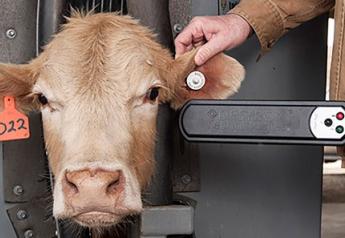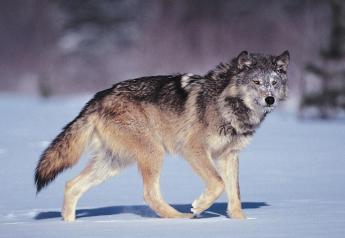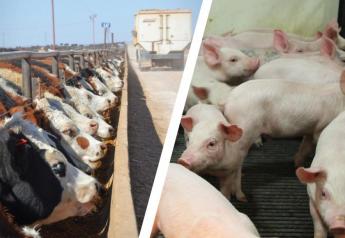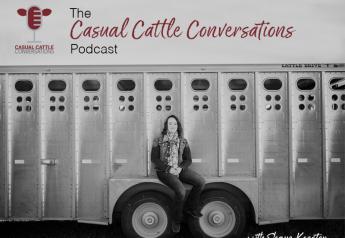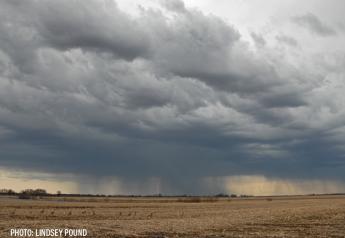The Start of a Beef 'Grand Challenge'
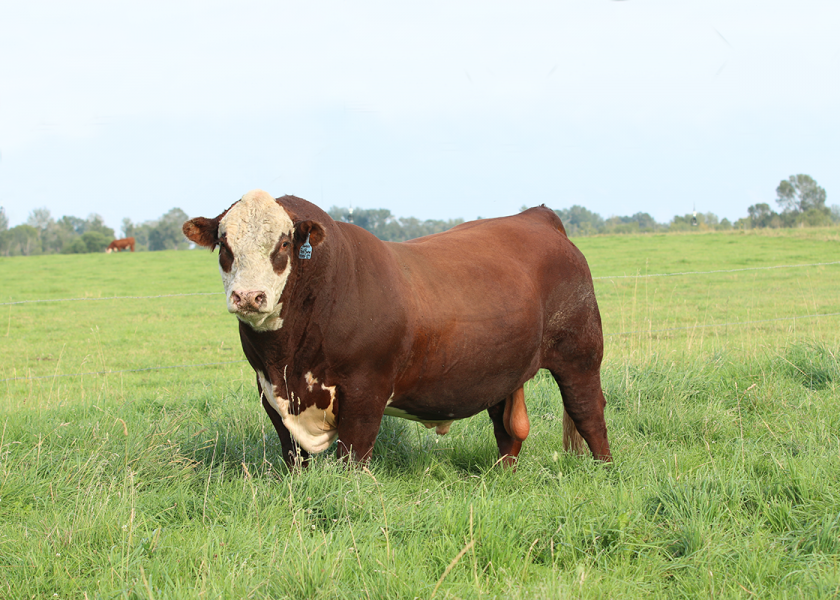
During the 2021 Beef Improvement Federation (BIF) Symposium the USDA Agricultural Research Service (ARS) Beef Grand Challenge Project was introduced. Dr. Larry Kuehn, research geneticist at the U.S. Meat Animal Research Center, explained that the project was launched to ascertain the interaction of genetic and environmental effects, improve production efficiency and evaluate nutritional benefits of beef raised in differing production environments.
“A ‘Grand Challenge’ is an ARS program for large collaborative projects designed to meet multiple goals to improve production efficiency, reduce environmental impact, encourage sustainable production, and optimize whole agricultural systems through integrated research programs,” Kuehn said during his presentation June 23 in Des Moines, Iowa.
The project
The Beef Grand Challenge is a highly integrated project, involving food animal production, human nutrition, food safety, water availability and watershed management, and grass, forage, and rangeland agroecosystems. The main project is a stocker program to evaluate genotypes in multiple management and environment systems.
The project focuses on progeny of bulls from the four beef breeds with the most registered cattle (Angus, Hereford, Simmental and Charolais) as well from progeny from Brahman composite bulls (Brangus and Beefmaster). These are mated to the base cows from the USMARC Germplasm Evaluation Program (GPE) with the aim of having enough progeny from each breed at each of five different ARS locations to examine potential differences and interactions between breed, environment and management.
“The purpose of the Grand Challenge Project in a nutshell is to have breeds of sires and large sire families evaluated at multiple locations and management systems while utilizing females mated to GPE bulls to achieve this goal,” Kuehn said.
Data collection at every step
A standard set of production efficiency measurements are collected at each location including monthly weights to estimate stocker gain and finishing gain, feed usage, costs, and days on feed. Each location is attempting to keep stocker energy and protein consistent, and all locations target finishing the calves at 1,350 lb. Carcass records are collected for hot carcass weight, marbling, yield, tenderness, color stability and dark cutting.
Additional measurements will be collected on a subset of cattle including rumen fluid to look at rumen metagenome differences, cortisol to estimate stress, fatty acid profiles of the beef to emphasize the positive health benefits of beef, and screening for E. coli, Salmonella, and antimicrobial resistant pathogens in fecal and pen surface samples to see if the different management or environments influence the shedding of different pathogens from these calves. Environmental impacts on the range will also be assessed at certain locations by measuring carbon sequestration through soil analysis as well as monitoring changes in the forage production, quality and plant composition.
“The key thing here is the systems are complicated with the interaction between the soil, forage and the animals themselves and the end product of steaks that people are eventually eating,” Kuehn explained.
Status update
So far, the Beef Grand Challenge has shipped three years of spring and fall calves to their respective locations and the fall cows are bred with their fourth set of calves.
This is the beginning of a large project to increase efficiency and adaptability in beef cattle. The project is collecting many novel research records with several opportunities to grow.
“We want to increase the use of these integrated systems and management to increase research utility and efficiency in the overall U.S. cow herd,” Kuehn concludes.
To watch the full presentation, visit https://youtu.be/g07ce6MRuYs. For more information about this year’s Symposium and the Beef Improvement Federation, including additional presentations and award winners, visit BIFSymposium.com.


